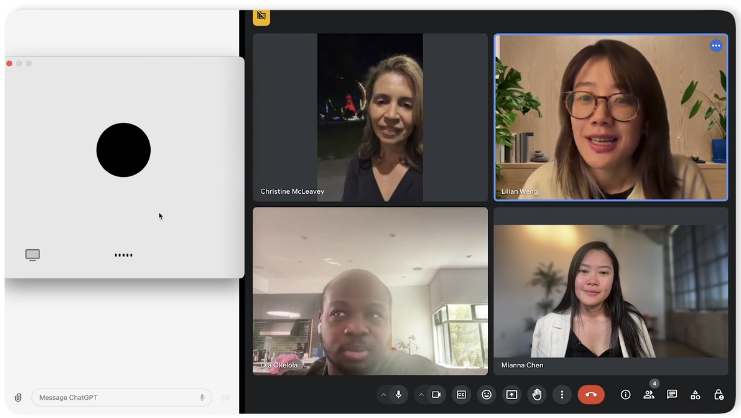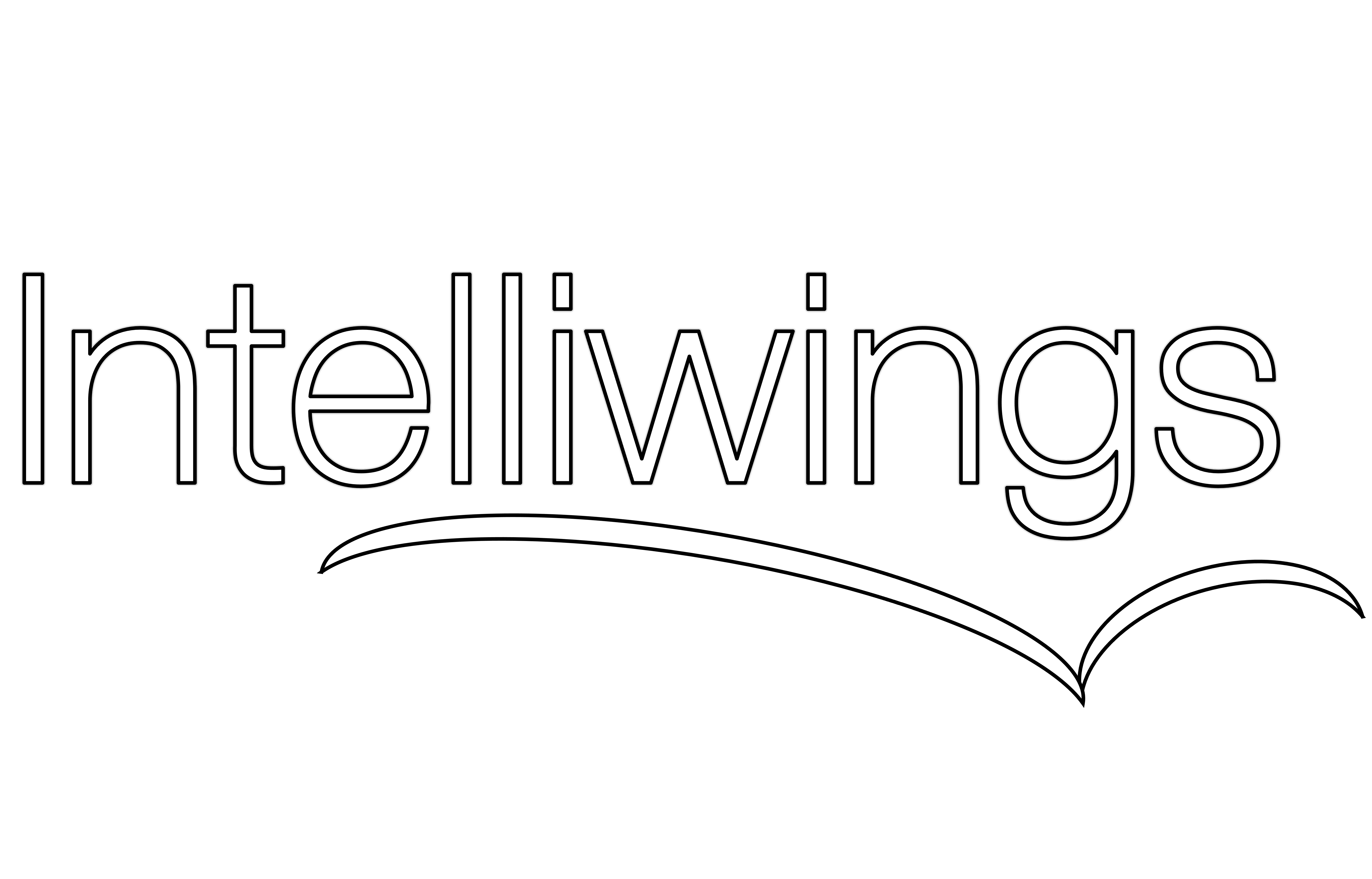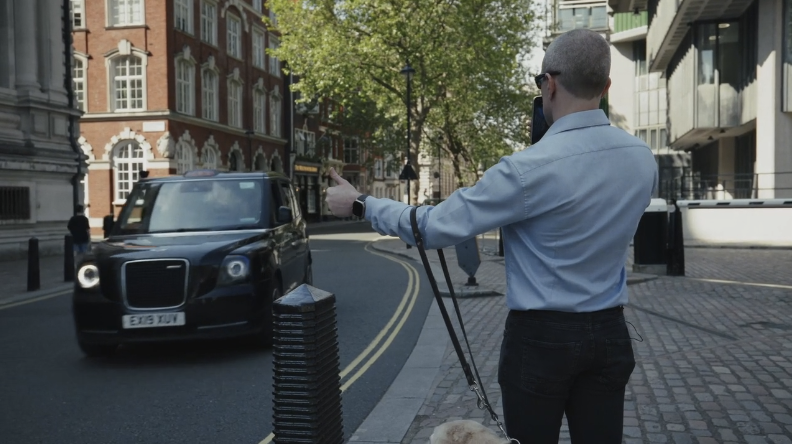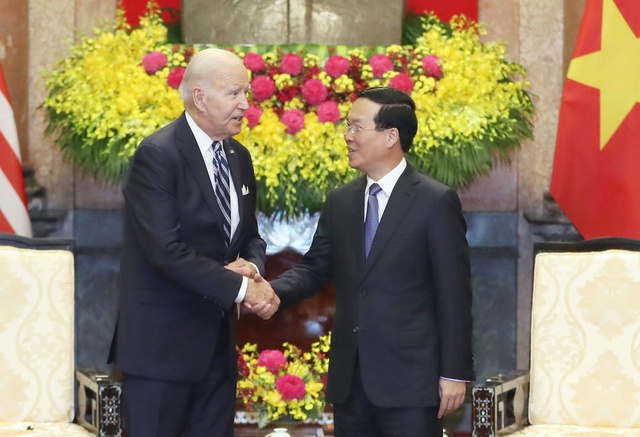| By Loc Le |
OpenAI Unveils Groundbreaking GPT-4o Model
In a livestreamed announcement on Monday, OpenAI unveiled its latest ChatGPT model known as GPT-4o. This new model comes equipped with fascinating new updates as it has significant speed enhancements and expanded functionality involving text, audio, image, and video capabilities. According to OpenAI CEO Sam Altman, GPT-4o is “fast, smart, fun, natural, and helpful” and it “feels viscerally different” in comparison to prior versions of ChatGPT which only scratched the surface of language interface possibilities. While OpenAI has always strived to create groundbreaking AI technology since its inception, Altman also reflects on how the company’s vision pivoted from using their own AI “to create all sorts of benefits for the world” to empowering people “to create all sorts of amazing things that we all benefit from.”
Updated AI Version Impresses with Versatile Capabilities
As a fully native multimodal model, GPT-4o will be able to perform a variety of incredible tasks. Several initial use case demonstrations have already left many users in awe. One user, for example, simply uploaded a screenshot of the arcade game Breakout and asked the model to code the game using Python. In less than a minute, the model was able to correctly detect the game and generate fully functional code that even included improvements to the original game. Additional examples showcased by OpenAI include the model’s ability to tutor students, serve as a visual assistant, translate more than 50 foreign languages, narrate and lead meetings, prepare users for interviews, sing songs, transcribe text, interpret facial expressions, and much more. Although it is undoubtedly impressive that all these versatile examples can be seamlessly performed in real-time at astounding speeds, it is important to note that in GPT-4o’s current state, OpenAI has only enabled text and image capabilities. The additional new features are set to be rolled out iteratively.

OpenAI Enables Greater Access for Free Users
Nevertheless, despite the current limited functionality and to ensure that as many people can harness the impressive capabilities of GPT-4o as possible, OpenAI has also announced that the update will be available to everyone, including free users who will gradually gain access throughout the coming weeks. While this is a much-welcomed change for many, it is also a significant change in OpenAI’s business model as the GPT-4 Turbo model (the prior version of GPT-4o) used to only be available to ChatGPT Plus users who paid a $20 monthly subscription fee. Even though all tiers of users will eventually have access to GPT-4o, Plus subscribers can still expect a more “premium” experience as they are currently allowed to send five times as many messages with the model in comparison to free users. In addition to the higher message limits, they will also be among the first groups of people to gain access to newer features, such as the upgraded Voice Mode which is set to become available for them sometime over the next few weeks. Furthermore, for Plus subscribers who also have Mac computers, a new app is also available which is designed to facilitate the seamless integration between ChatGPT and user desktop activities.
Balancing AI Integration with Human-Centric Roles
With the introduction of GPT-4, the issue of job displacement has also begun rising once again, especially for roles that traditionally require human effort such as teaching, translation, and customer support. Many experts, however, believe that it is unlikely that those jobs will completely disappear. Leslie Teo, senior director of AI products at AI Singapore, for instance, thinks that those jobs will “need a personal touch” and that people are “more likely to use AI to make their roles easier, rather than be supplanted by technology.” Therefore, to ensure that AI technologies and jobs subject to possible disruption develop symbiotically, it will be crucial for individuals and businesses to proactively seek ways to integrate these tools into their operations.
By doing so, AI tools can be effectively used to enhance efficiency and innovation while retaining the essential human elements that cannot be replicated by AI. For example, workers can focus on acquiring new skills that complement AI, such as creative problem-solving and emotional intelligence, while businesses can restructure their processes to maximize the strengths of both humans and AI. Such an approach would not only mitigate the risks of job displacement but would also help create new opportunities for growth and advancement.
GPT-4o Sets New Standard for AI Interactions
As OpenAI continues to revolutionize and push the boundaries of AI technology, the introduction of GPT-4o marks a major milestone in the company’s mission to empower users and foster creativity which will benefit all of humanity. With its enhanced capabilities and widespread availability, GPT-4o is set to uncover new possibilities between human and AI interactions that are more seamless and intuitive than ever before. Whether it’s assisting users with everyday tasks or enabling developers to innovate across diverse industries, GPT-4o represents a substantial leap forward in the evolution of AI technology and will likely serve as the benchmark for other competitors to reach for their own advancements.




